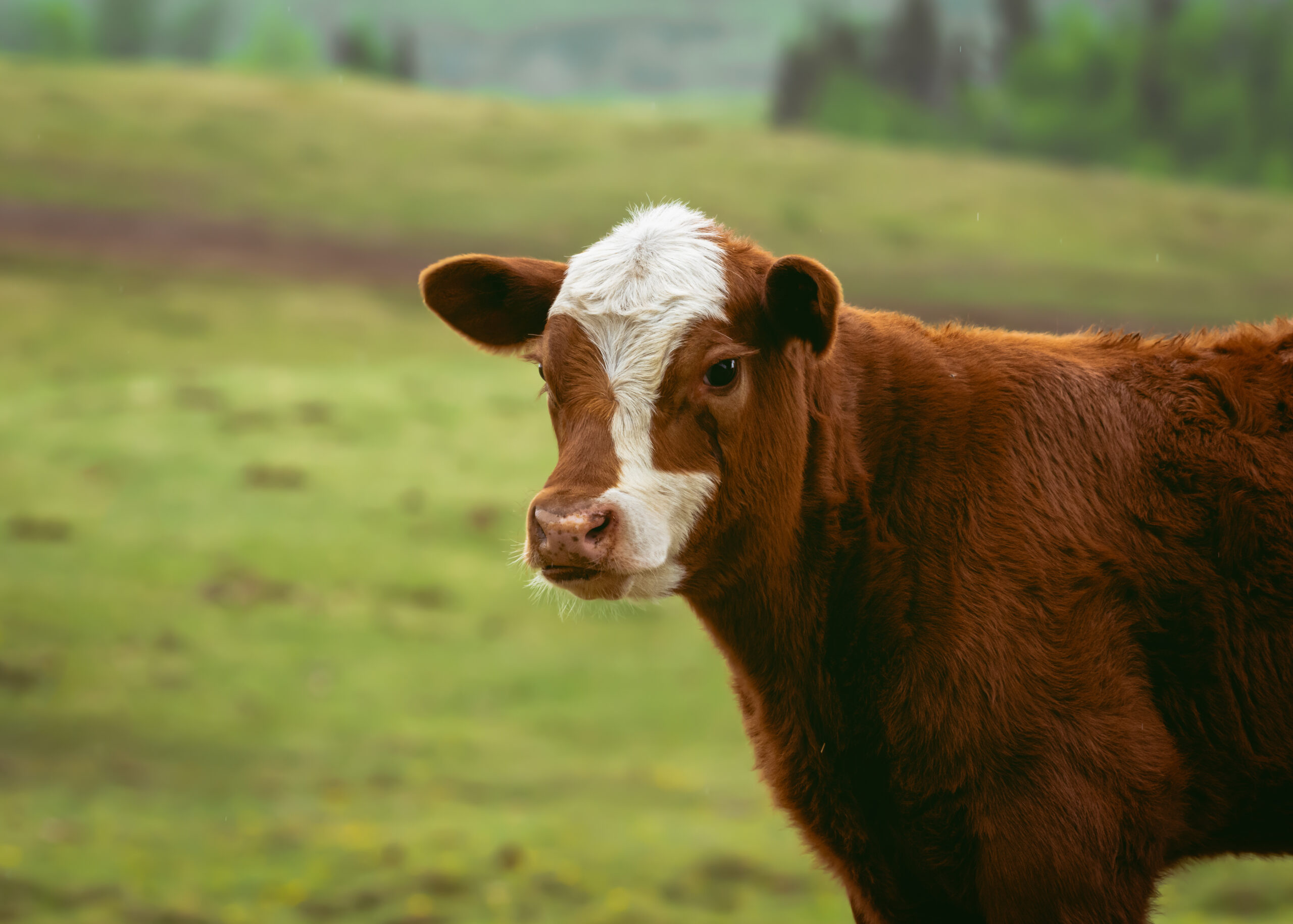AB Direct - Steers
Rail: 485.00-490.00 del
AB Direct - Heifers
Rail: 485.00-490.00 del
US Trade- Steers
Rail: 340.00-345.00 (IA, NE)
US Trade - Heifers
Rail: 340.00-345.00 (IA, NE)
Canadian Dollar
0.39

Cattle industry highlights from RDAR’s Impact Report
The RDAR 2025 Impact Report highlights how producer-led research is advancing Alberta’s agriculture industry — including major gains for the beef cattle sector. Here are five takeaways for cattle producers.
1. Genomics are reshaping Alberta beef.
More than 12,000 cattle from 54 herds have been genotyped through RDAR-funded research led by Dr. John Basarab at the University of Alberta. These tools are improving the accuracy of indexes like the Replacement Heifer Profit Index™ and Feeder Profit Index™, helping producers select animals for fertility, feed efficiency, and carcass quality — with gains of up to $161 profit per cow annually.
2. New tools connect genetics and production.
A four-year project led by the Canadian Angus Association is linking data from cow-calf operations, feedlots, and packers to improve genetic evaluations across more than 20 economically important traits. It’s one step toward integrating performance data throughout the beef value chain.
3. Forage and silage research supports feed efficiency.
RDAR invested $770,000 in Alberta’s Silage Regional Variety Trials, providing data on crops like corn, barley, and triticale. The trials help producers choose high-yield, high-quality varieties that improve feed efficiency and animal nutrition — key to sustainable herd management.
4. Drought and fertility research build resilience.
At Lakeland College, RDAR Professor Dr. Susan Markus is studying the link between drought conditions, nutrition, and fertility in cow-calf herds. The goal is to give producers better tools for breeding and management decisions during dry years.
5. One Health research strengthens livestock protection.
RDAR and Genome Alberta are investing $3.3 million in One Health research addressing major livestock diseases — including chronic wasting disease (CWD), antimicrobial resistance, and African Swine Fever. The work aims to develop vaccines, rapid tests, and strategies that help protect Alberta’s herds and markets.

